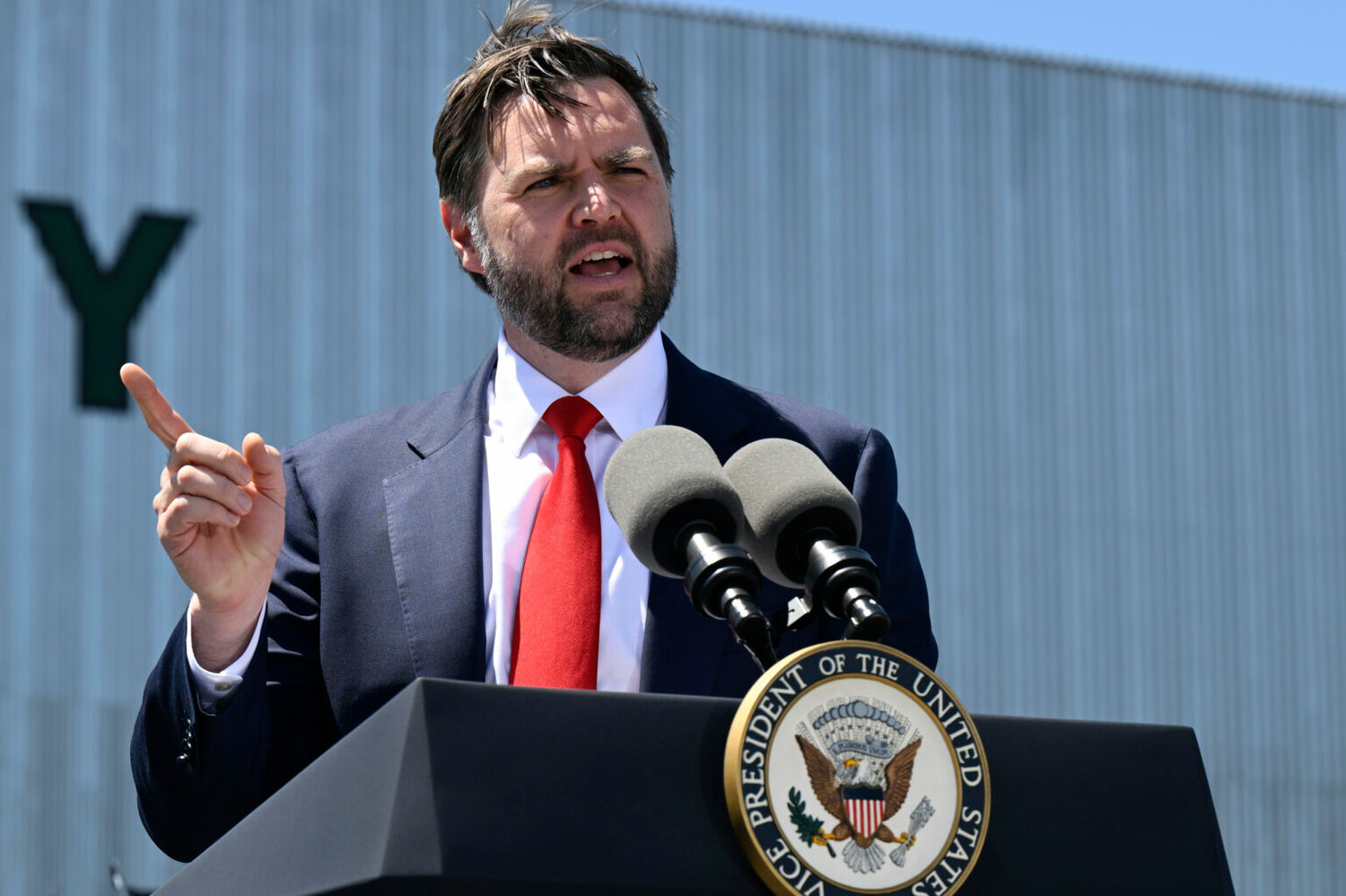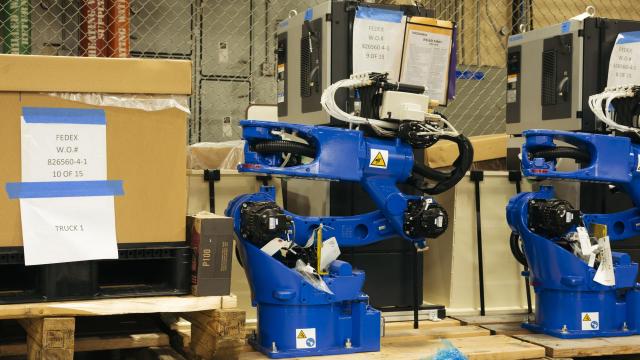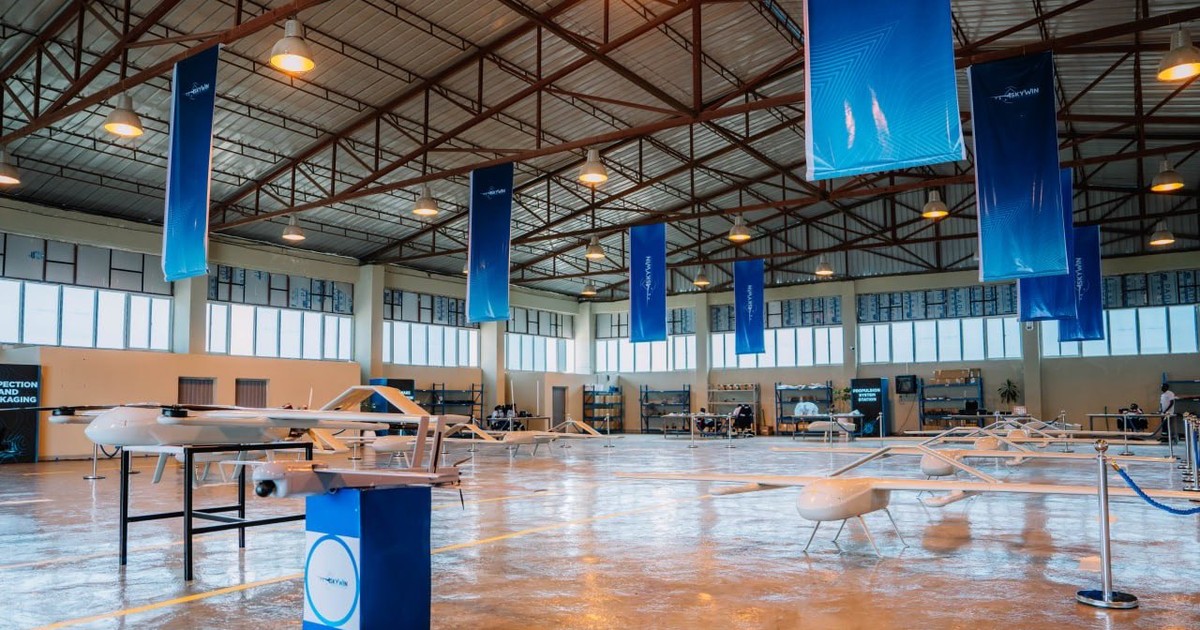Silicon Valley's Dilemma: Why Trump's Trade Battles Can't Rescue American Tech Manufacturing
Manufacturing
2025-04-16 15:09:43Content
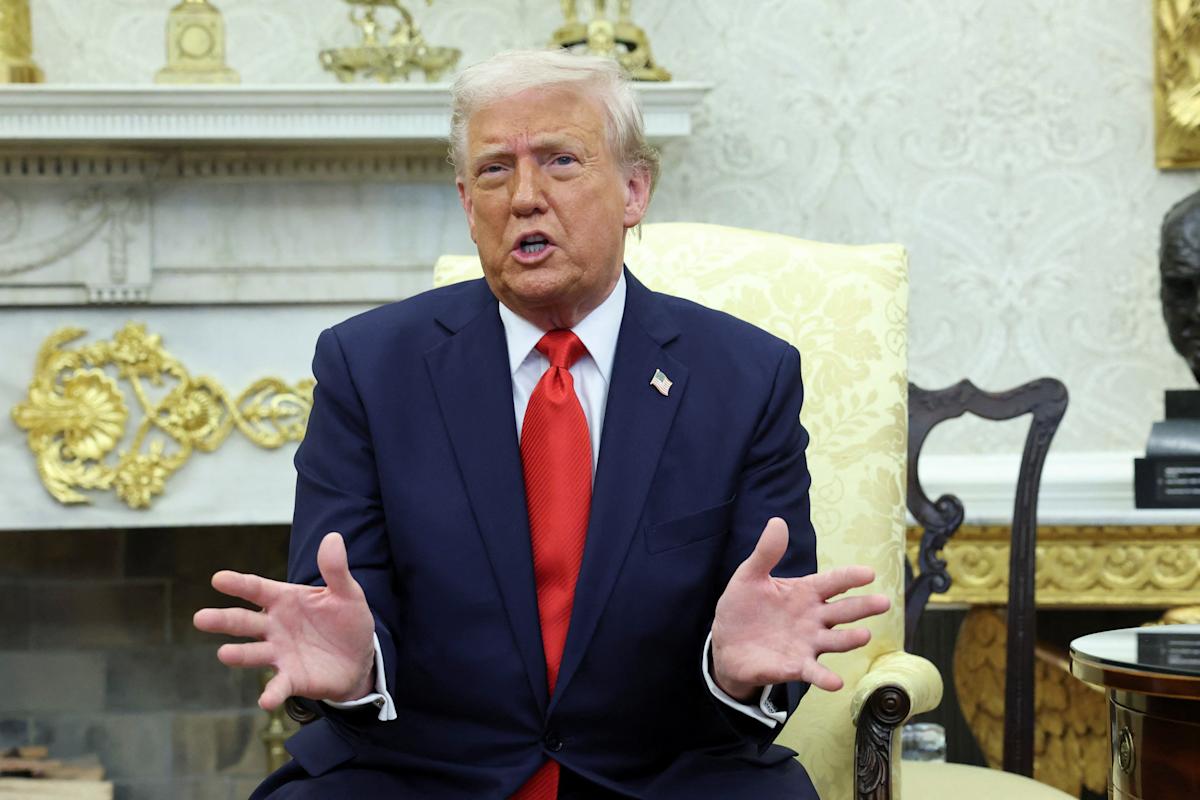
Donald Trump's ambitious vision of reshoring tech manufacturing to the United States faces significant hurdles that make widespread implementation unlikely. Despite repeated promises and political rhetoric, the complex global supply chain and economic realities present formidable challenges.
While Trump has consistently championed the idea of bringing high-tech production back to American soil, experts argue that the economic incentives and infrastructure required for such a massive industrial shift are not easily achievable. The global electronics and semiconductor industries have deeply entrenched manufacturing ecosystems in countries like China, Taiwan, and South Korea, which offer substantially lower production costs and established supply networks.
The semiconductor industry, in particular, represents a critical battleground. Despite billions in proposed investments and government incentives, the massive capital investments, specialized workforce, and intricate manufacturing processes make a complete relocation extremely difficult. Companies like TSMC and Samsung have built sophisticated manufacturing capabilities that cannot be quickly or easily replicated in the United States.
Moreover, the cost of reshoring would likely result in significantly higher prices for consumer electronics, potentially making American-made technology less competitive in the global marketplace. While national security and technological independence are compelling arguments, the economic trade-offs remain substantial.
Although some progress has been made with select companies announcing limited manufacturing investments in the US, a comprehensive transformation of the tech manufacturing landscape remains more of a political aspiration than a practical reality.
The Elusive Dream: Reshoring Tech Manufacturing in America's Economic Landscape
In the complex arena of global economic strategy, the ambitious vision of bringing high-tech manufacturing back to American soil represents a tantalizing yet challenging proposition. The intersection of political rhetoric, economic realities, and global supply chain dynamics creates a multifaceted landscape that defies simple solutions and quick transformations.Navigating the Treacherous Waters of Industrial Reinvention
The Global Manufacturing Ecosystem
The contemporary technological manufacturing landscape is an intricate web of international relationships, strategic partnerships, and deeply entrenched economic infrastructures. Countries like China, Taiwan, and South Korea have invested decades of resources, infrastructure, and human capital into creating sophisticated manufacturing ecosystems that cannot be easily replicated or swiftly displaced. Multinational corporations have developed complex supply chains that optimize cost, efficiency, and technological expertise. These networks represent billions of dollars in investment and generations of specialized industrial knowledge. The notion of rapidly reshoring manufacturing capabilities requires confronting formidable structural and economic barriers that extend far beyond political declarations.Economic Barriers and Technological Complexity
Technological manufacturing demands an extraordinary combination of skilled labor, advanced infrastructure, precise engineering capabilities, and substantial capital investment. The United States currently faces significant challenges in recreating the comprehensive manufacturing ecosystem that Asian technology hubs have meticulously developed over multiple decades. Labor costs, regulatory environments, educational infrastructure, and technological expertise all play critical roles in determining manufacturing feasibility. While political rhetoric might suggest simple solutions, the economic realities reveal a far more nuanced and challenging landscape that resists quick transformations.Strategic Implications and Geopolitical Considerations
The pursuit of domestic technology manufacturing represents more than an economic strategy—it's a complex geopolitical chess game with profound national security implications. Each strategic decision involves balancing economic efficiency, technological sovereignty, and international diplomatic relationships. Semiconductor production, for instance, requires extraordinary precision, massive capital investments, and highly specialized technological expertise. The semiconductor industry exemplifies the intricate challenges of reshoring manufacturing, where global interdependencies and technological complexities create significant barriers to rapid transformation.Innovation and Adaptation: The Path Forward
Successfully reimagining American technological manufacturing requires a holistic approach that transcends simplistic political narratives. It demands comprehensive strategies involving public-private partnerships, substantial educational investments, targeted industrial policies, and long-term commitment to technological innovation. Emerging technologies like advanced robotics, artificial intelligence, and sustainable manufacturing processes offer potential pathways for reimagining domestic industrial capabilities. However, these transformations require sustained investment, strategic planning, and a nuanced understanding of global technological ecosystems.The Human Factor in Industrial Transformation
Behind every manufacturing strategy are human stories of workers, engineers, entrepreneurs, and communities. The potential reshoring of technology manufacturing isn't just an economic calculation but a narrative of workforce development, skill adaptation, and economic resilience. Educational institutions, government agencies, and private sector innovators must collaborate to create robust training programs, develop cutting-edge technological curricula, and foster an ecosystem that supports continuous learning and technological adaptation.RELATED NEWS
Manufacturing
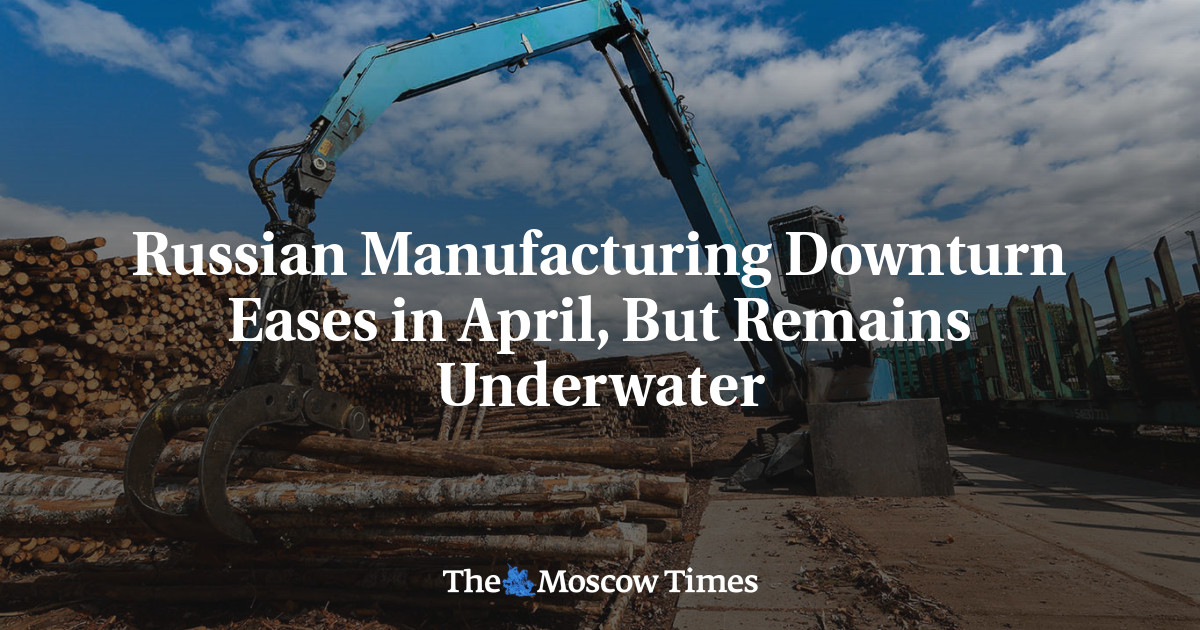
Russian Industrial Pulse: Manufacturing Struggles Show Glimmers of Hope
2025-05-06 10:30:42
Manufacturing
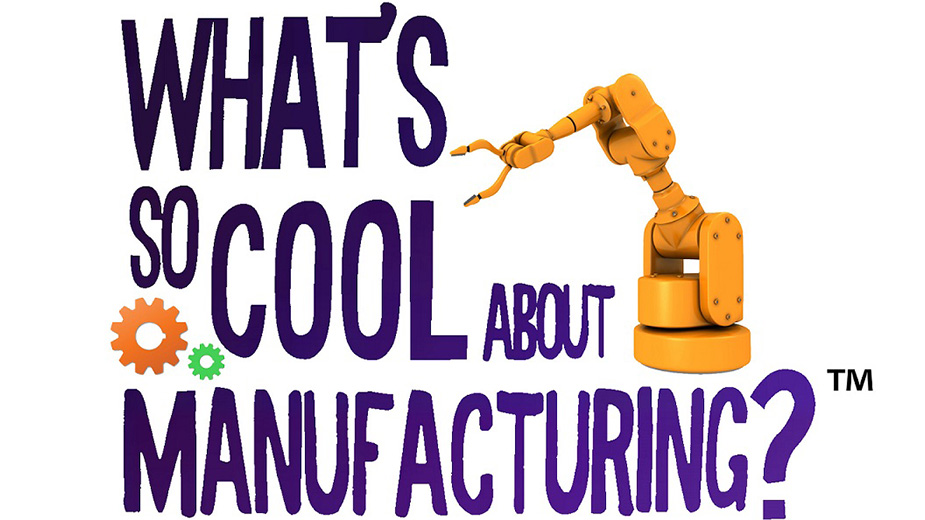
Manufacturing Showdown: Public Takes the Wheel in Viral Video Contest
2025-03-24 08:58:00
